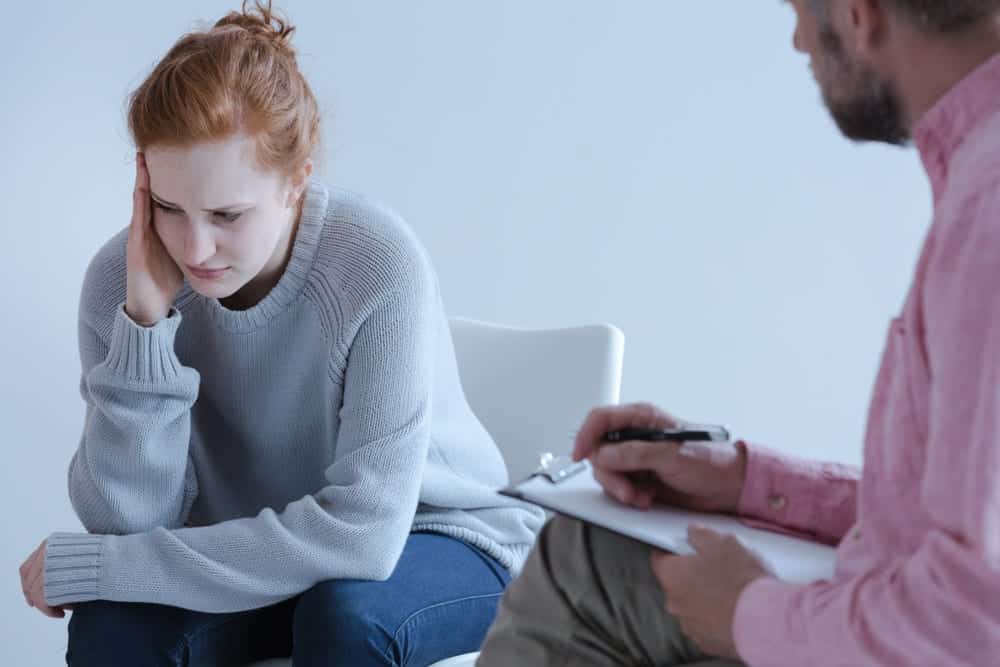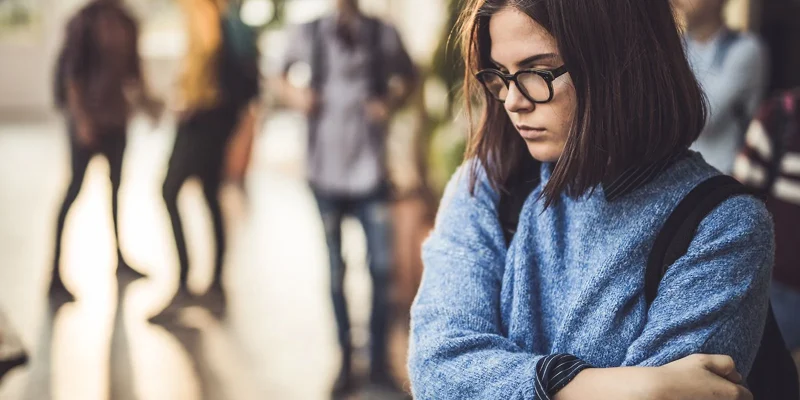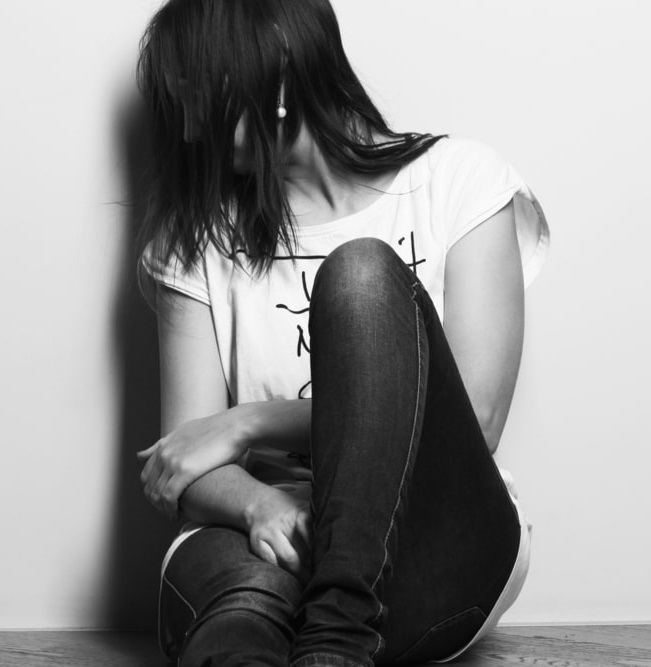Medication Induced Anxiety Disorder
Substance / medication induced anxiety disorder in teens occurs in relation to substances / medications that teens use in order to assist them with social settings – to ease anxiety,


ANXIETY DISORDER
Substance / medication induced anxiety disorder in teens occurs in relation to substances / medications that teens use in order to assist them with social settings – to ease anxiety, to allow them to appear more socially normal, to relax them and to lessen inhibition in public forums. Habitual use of these substances / medications builds dependence, causing them to be unable to function without them. They tend to encounter severe withdrawal symptoms when attempting to cease use, causing them to continue their use and abuse. This takes them to a cyclic point of no return unless timely actions and the right treatment are taken to cure them.
ANXIETY DISORDER
The substance /medication-induced anxiety disorder is directly caused by the drug abuse or resultant withdrawal after stopping its use. Here are some substances, toxins, and medications that induce anxiety disorders:
Addictive substances: Alcohol, marijuana, caffeine, inhalants, nicotine, hallucinogens, opioids, phencyclidine (PCP) and sedatives.
Addictive medications: Analgesic, anesthetics, anticonvulsants, antihistamines, bronchodilators, cardiovascular medicines, epinephrine, corticosteroids, and insulin.


Symptoms
There are many symptoms and behavioral patterns that are exhibited by teens with substance-induced anxiety disorder.
Behavioral and cognitive symptoms
- Unexplainable negative change in general attitude and persona
- Sudden change in friends and hang out venues
- Lack of interest in outdoor activities and usually enjoyed social activities
- Nervousness, moodiness, and irritable behavior
- Lack of motivation and negative attitude
- Loss of concentration
- Loss of interest in family and family events
- Aggressiveness and suicidal tendencies
- Paranoia, hallucination, and confusion
- Continuous requests for money, sometimes resorting to stealing out of desperation
- Taking unwarranted risks while driving, sexual activities, and other illegal activities
Physical symptoms
- Fluctuating appetite and unexplained weight lo
- Puffy face, runny nose, and excessive sweating
- Abdominal pain, irregular heartbeats, labored breathing, and chest pain
- Pupils larger than normal, watery eyes, and unfocused gaze
- Leg swelling, headaches, and incoherent speech
MEDICATION-INDUCD ANXIETY DISORDER
Treatment for substance/medication-induced anxiety disorder may take its form through psychological therapy sessions, medication regimens, as well as meditation and yoga exercises. All of these modalities are covered by most healthcare coverage.
Therapy: Therapy for substance/medication-induced anxiety disorder is conducted both individually and in groups. Often group therapy is more beneficial due to the learning that inevitably takes places between peers. Every individual learns from others in the group.
Meditation & Yoga Exercises: Meditation and yoga exercises provide anxiety relief and strengthen a teen’s resolve to abstain from the substance use and abuse.
Medication: SSRIs (Serotonin Specific Reuptake Inhibitors, such as Fluoxetine) are commonly prescribed to treat Substance/medication-induced anxiety disorder.
Psychological Treatments: Psychotherapy or “talk therapy” helps a person to control his/her thought patterns and emotions. The most effective psychotherapy for treating Substance/medication-induced anxiety disorder in teenagers is called cognitive behavioral therapy (CBT). CBT helps teens overcome their obsessions and compulsions by gradually changing the way they think. It has many components, including cognitive restructuring, exposure, and response prevention. Sometimes this therapy is provided in through group sessions.
School Support: Schools may play an important role in helping teens change behavioral and thought patterns, and adapt new ways of operating. This helps the teen cope with and manage the symptoms of Substance/medication-induced anxiety disorder in a healthier way.
Community support: Community supports may include peer support groups for teenagers, support groups for families, and other helpful resources.
Arousal Decreasing Techniques: There are many effective techniques for decreasing physical arousal, such as – anxious feelings, rapid heart rate, rapid breathing etc. Some of these include biofeedback, mindfulness, deep muscle relaxation, meditation, etc.
Regular Routine: A regular daily routine is very important for a person with Substance/medication-induced anxiety disorder. It is highly important to have a routine and follow it strictly in order to maintain a balanced and productive life.
Contact Us
Our dedicated team is ready to answer your questions.
Give us a call, or request a call back:
OR
Get a Consultation!
At Beachside Treatment Center, we are ready to assist you at all stages of the recovery process.
